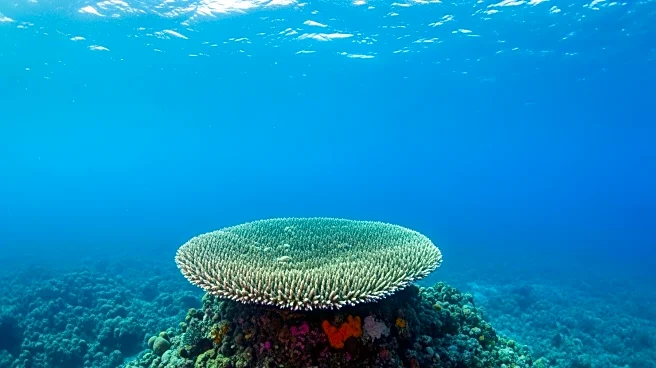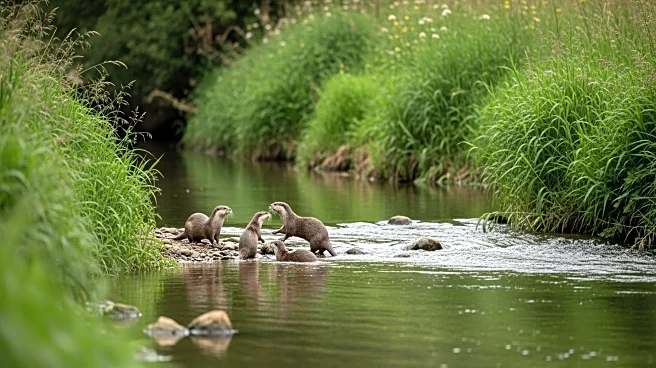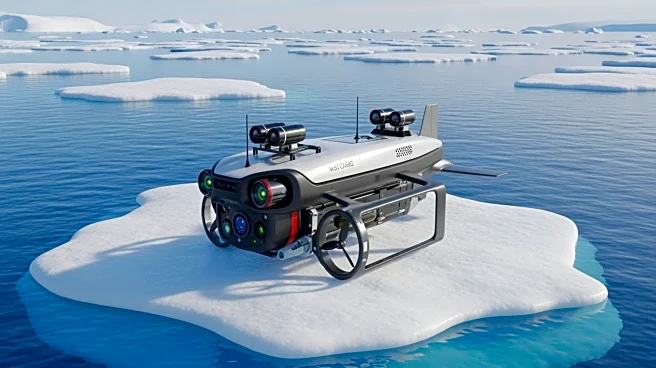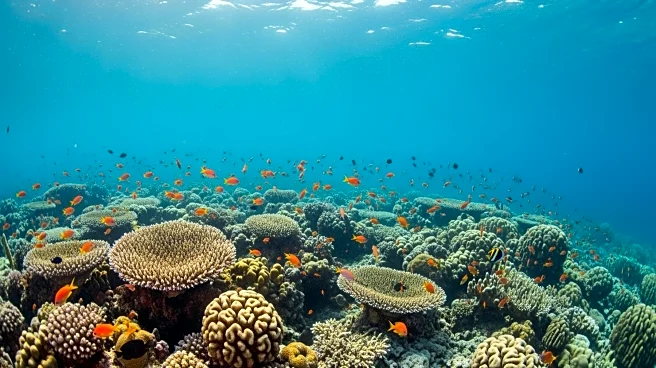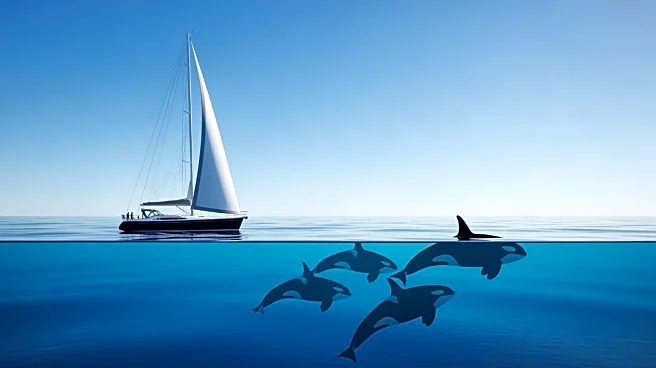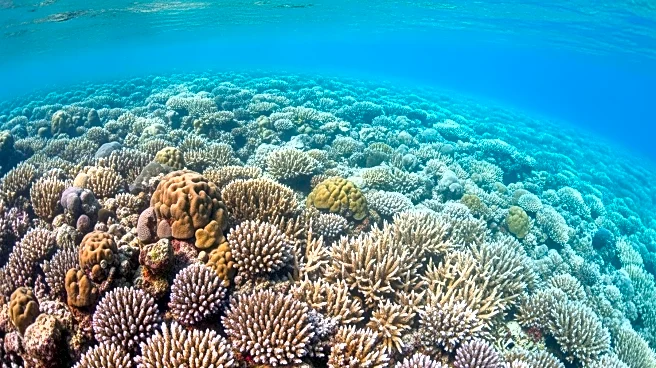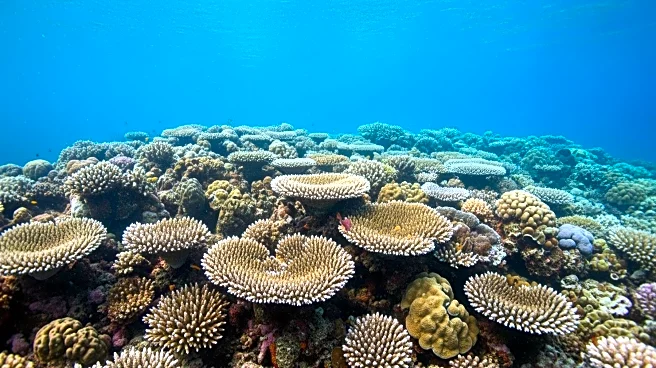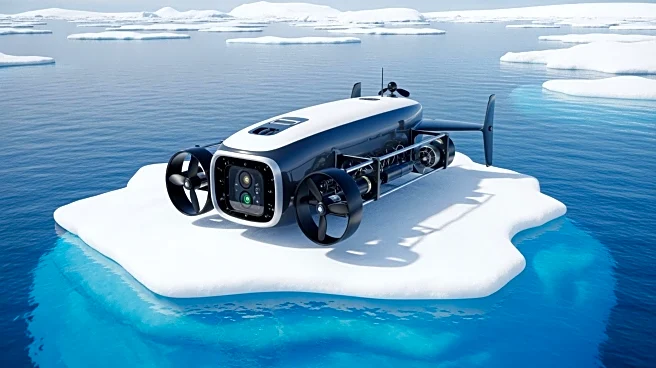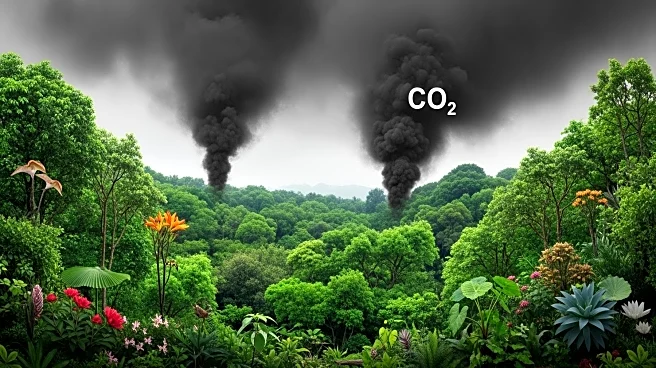What's Happening?
A recent study has highlighted the significant damage caused to the Antarctic seabed by ship anchors and chains. As more vessels, including cruise ships and research vessels, visit the Antarctic Peninsula
during the austral summer, the retreating sea ice has allowed these ships to anchor in previously inaccessible areas. The study utilized high-definition underwater cameras to document the impact of anchors on the seafloor, revealing extensive damage such as crushed sponge skeletons and toppled sea fans. These findings underscore the detrimental effects of anchoring on the slow-growing marine communities that inhabit these cold waters.
Why It's Important?
The destruction of the Antarctic seabed has far-reaching implications for marine ecosystems. The slow recovery rate of these ecosystems means that damage can persist for decades, reducing biodiversity and altering local food webs. The affected marine communities play a crucial role in filtering water and providing habitat for various species, including fish and invertebrates. The loss of these habitats can lead to decreased carbon storage and a diminished ability to support marine life, ultimately impacting the broader ecological balance in the region.
What's Next?
To mitigate the damage, the study suggests implementing solutions such as dynamic positioning systems that allow ships to maintain their position without anchoring. Additionally, establishing 'no-anchor' zones and using permanent moorings could help protect sensitive areas. These measures would require cooperation from the shipping industry and regulatory bodies to ensure the preservation of Antarctic marine ecosystems. The study emphasizes the importance of making informed choices to prevent unnecessary harm to these fragile environments.
Beyond the Headlines
The study highlights the ethical responsibility of the shipping industry to adopt sustainable practices that minimize environmental impact. The long-term consequences of seabed destruction could lead to irreversible changes in the Antarctic ecosystem, affecting not only marine life but also global biodiversity. This issue also raises questions about the balance between scientific exploration, tourism, and environmental conservation in one of the world's most pristine regions.
